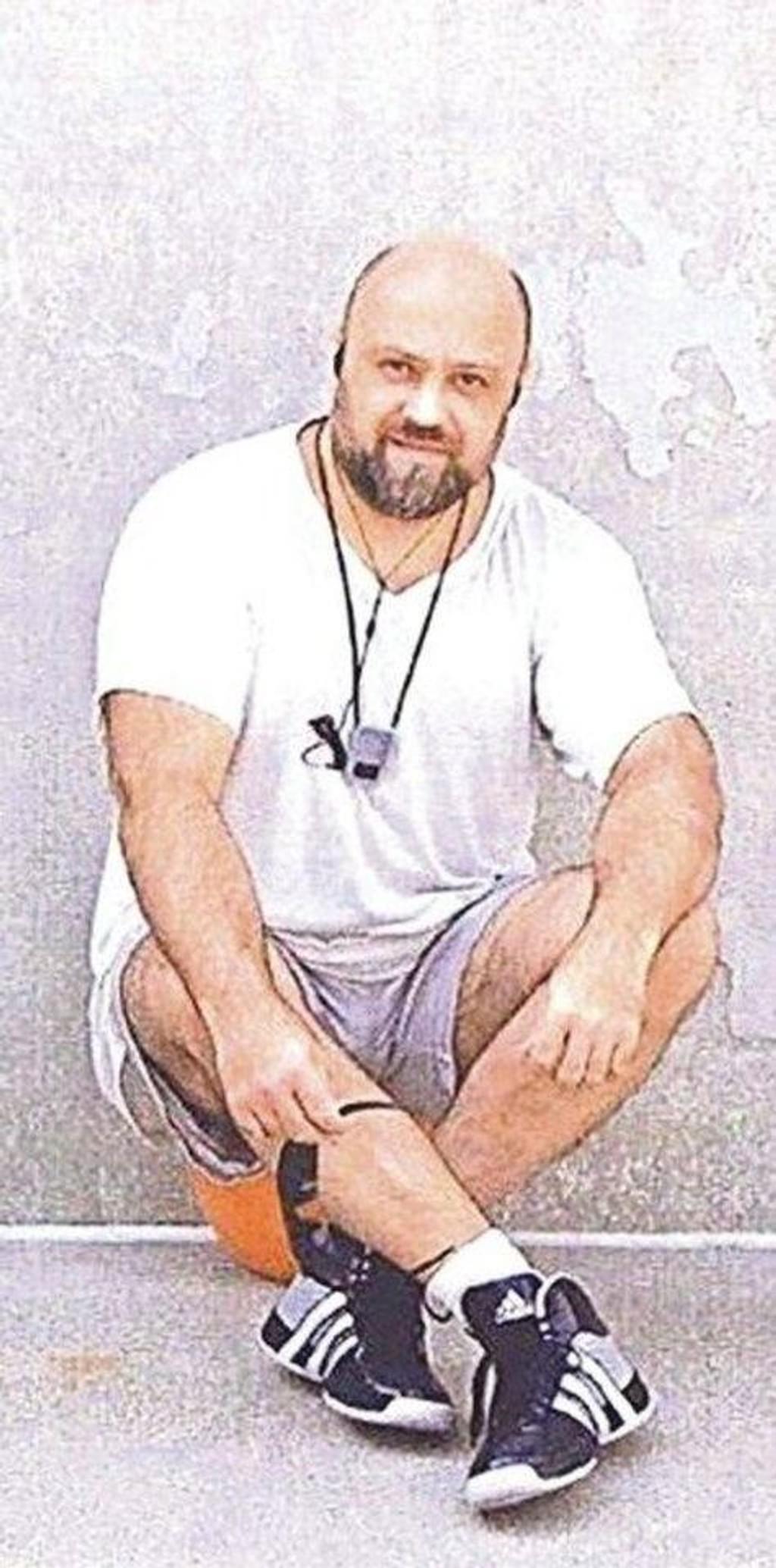
A Russian nationwide on the U.S. federal dying row has filed a civil rights lawsuit difficult the constitutionality of the federal authorities’s use of computerized and extended solitary confinement to accommodate people sentenced to dying.
The category motion criticism, filed January 12, 2023 within the U.S. District Courtroom for the Southern District of Indiana on behalf of Jurijus Kadamovas (pictured) and 37 different prisoners incarcerated on dying row within the United States Penitentiary in Terre Haute, Indiana, alleges that the “severely isolating” and “unrelenting solitary confinement” to which the prisoners are subjected falls beneath the minimal normal prescribed by worldwide human rights treaties for the therapy of prisoners and violates the U.S. constitutional prohibition in opposition to merciless and weird punishment.
The lawsuit, authored by attorneys from the ACLU of Indiana and the nationwide regulation agency, Faegre Drinker Biddle & Reath LLP, states that the prisoners on federal dying row are mechanically assigned to incarceration within the “Particular Confinement Unit” (SCU), the place they’re held in “solitary situations” in single cells 12 ft, 8 inches deep by 7 ft huge — roughly the dimensions of a parking area. “Every cell accommodates a desk and stool affixed to the ground, a metallic sink/bathroom unit, and a bathe,” leaving even much less area for motion. As soon as assigned to the SCU, a federal dying prisoner is more likely to be saved in solitary confinement “for many years.”
“It’s well-known that extended isolation and solitary confinement could cause, and predictably will trigger, prisoners to undergo severe emotional and psychological accidents,” the criticism states. Bureau of Prisons personnel are “absolutely conscious of the remoted, harmful, and dangerous situations that exist within the SCU,” the criticism alleges, are “answerable for the situations there, and permit[ ] them to exist and proceed.”
The prisoners search an injunction to finish computerized solitary confinement and require BOP to permit them “to be out of their cells for a number of hours a day and to have interaction in congregate actions.” The criticism additionally seeks unspecified “particular person damages” for the harms skilled by the prisoners, plus attorneys’ charges. Kadamovas
particularly claims to have suffered “bodily, psychological, and emotional accidents
and hurt by the remoted, harmful, and dangerous situations that exist within the
SCU.”
The lawsuit asserts that “quite a few worldwide treaties and different devices outlaw using extended solitary confinement or in any other case acknowledge its extreme hurt.” The International Covenant on Civil and Political Rights
(ICCPR) — considered one of three treaties considered the Worldwide Invoice of Rights — prohibits subjecting people “to torture or to merciless, inhuman, or degrading therapy or punishment.” A second worldwide treaty, the United Nations Standard Minimum Rules for the Treatment of Prisoners
(often called the “Nelson Mandela Guidelines”) particularly prohibits “indefinite” solitary confinement, “extended solitary confinement” of greater than 15 consecutive days, and the automated placement in solitary confinement “by advantage of a prisoner’s sentence.”
The lawsuit alleges that after the prisoners are despatched to Terre Haute to await their execution, they’re mechanically positioned within the SCU, the place they’re housed in small cells with tiny home windows that don’t open and small slits to move in meals or different gadgets. “For all prisoners, this unrelenting solitary confinement will final the whole thing of their keep within the SCU — that’s, for a lot of of them, till they die,” the lawsuit states. They aren’t supplied out-of-cell programing and face close to whole confined inside their cells. Prisoners are afforded one every day hour of time within the regulation library, by themselves, whether it is in any other case unoccupied. They’re granted 5 hours every week of out-of-cell time for solitary train in an outside cage or in an indoor “leisure” room, though this out-of-cell time is often canceled for administrative causes and never rescheduled.
Loss of life-row prisoners don’t have any “contact visits” with exterior guests and should be granted particular “Section II” standing earlier than they might share recreation time with one other prisoner. Even then, they’re restricted to contact with one pre-assigned prisoner. “Other than granting some SCU prisoners Section II standing,” the lawsuit says, “no try is made by [BOP] to find out whether or not SCU prisoners pose a menace to different prisoners that justifies their near-total isolation. SCU prisoners are positioned in these situations solely due to their placement within the SCU, and never due to their in-prison habits.”
Most U.S. death-row prisoners have been housed in situations that violate worldwide human rights norms. As of January 2021, twelve U.S. states mechanically positioned capital prisoners in extended, computerized solitary confinement primarily based on their sentence, regardless of their in-prison habits. A DPIC evaluation discovered that these twelve states housed 953 death-row prisoners, or
38.6% of these on dying rows nationwide on the finish of 2020. At the moment, a further 338 prisoners, or 13.7% of dying row, have been sentenced to dying in 5 states that, since 2017, had ended computerized extended solitary confinement in response to prisoner lawsuits. In March 2022, Florida also ended computerized extended solitary confinement for prisoners on their state dying rows.



